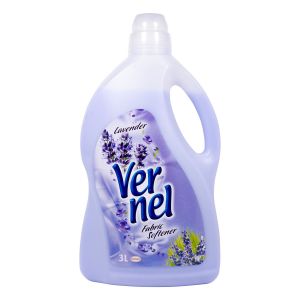
The Digital Watermarks Initiative HolyGrail 2.0 is seen as the next iteration of the initial HolyGrail project under the Ellen MacArthur Foundation. It is now a pilot project with the objective to prove the viability of digital watermarking technologies for accurate sorting and consequently higher-quality recycling, as well as making the the business case for large scale implementation.
Digital watermarks are imperceptible codes, the size of a postage stamp, covering the surface of consumer goods packaging and carrying a wide range of attributes. The aim is that, once the packaging has entered into a waste sorting facility, the digital watermark can be detected and decoded by a standard high resolution camera on the sorting line, which then – based on the transferred attributes (e.g. food vs. non-food) – is able to sort the packaging in correct streams.
Leading consumer brands and retailers as well as many other stakeholders from the packaging value chain have already signed up for HolyGrail 2.0 and will update packaging designs with a "digital recycling passport". The setting up of a test market is already planned by end 2021.
One leading CPG company Henkel, will explore this innovative digital watermark technology for a new product range of its fabric softener brand Vernel. Two products will be launched in October. “We at Henkel are constantly exploring new possibilities to enhance the recyclability and sustainability features of our product packaging. In addition, we promote projects and initatives that aim to drive innovation in packaging development and accelerate the transition to a circular economy,” said Dr Thorsten Leopold, head of international packaging development Home Care at Henkel. “We are proud to be among the pioneers for the new digital watermark technology, bringing the concept of the HolyGrail 2.0 project to life and breaking ground to overcome recycling challenges.”






